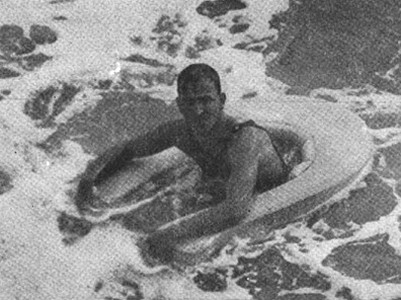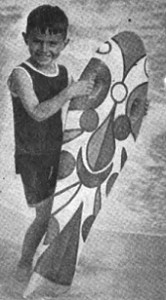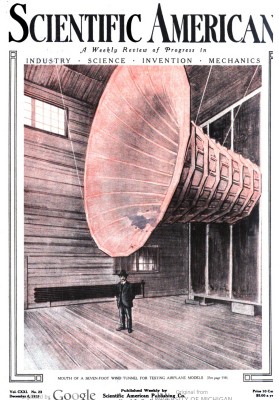
surfresearch.com.au
scientific american : balsa wood surfboard, 1919
scientific american : balsa wood surfboard, 1919
|
|
|
|
|
|
 |
surfresearch.com.au
scientific american : balsa wood surfboard, 1919 |
|
The first shows
the “floating chair,” which is nothing more than
a horseshoe-shaped float provided with straps affording a comfortable seat. The user can sit in comfort while floating about on the waves.  |
The second
illustration depicts a fish-shaped surf-board
for coasting on the waves, also made of balsawood. This
surf-board is so light that it can be carried
about by the
little chap who is playing with it.
 |
|
Scientific American Munn & Co , New York Volume 121 Number 23, 6 December 1919 Hathi Trust https://hdl.handle.net/2027/mdp.39015024546395 |
 |
|
|
|
|
|
|